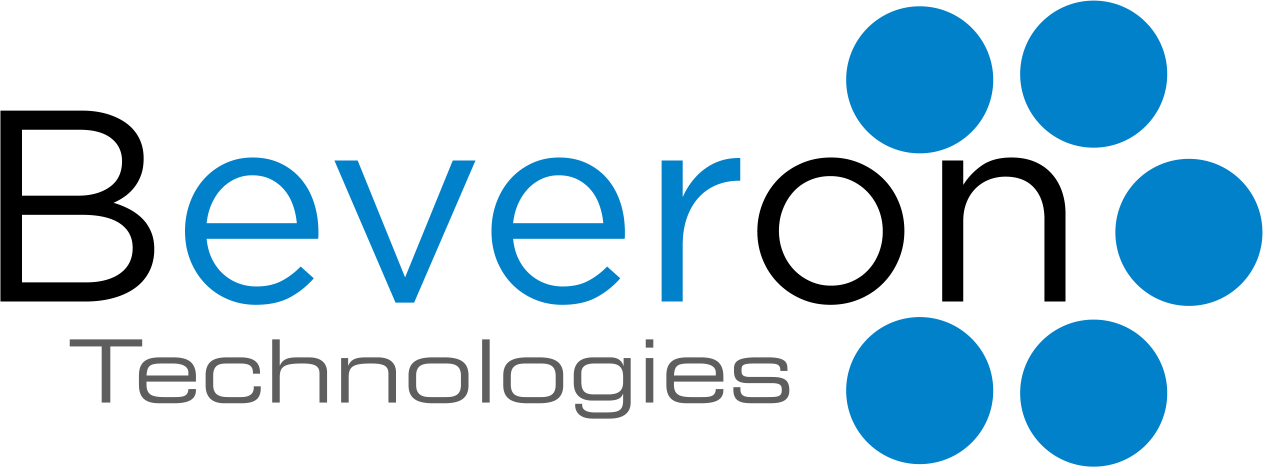5 ways to increase productivity in your Law Firm

Many law firms use legal software applications to assist them with case management, time and billing, and accounting. The important question here is: Are you using your software to its full potential?
Most law firms use only a tiny fraction of their own implemented software’s features and integrations without realizing and maximizing the software’s full capacity. Many surveys and studies estimate that most firms only use about 40 percent of the functionality of workflow automation or case management software.
Law firms are particularly poised to take advantage of workflow automation because many of their processes are methodical and follow already established and set procedures like clockwork. Developing or fine-tuning repeating workflows not only increases efficiency, but also ensures accuracy.
To figure out what can be automated, firms should define their repetitive workflows and problem areas.
Here are five guidelines to help you understand how automation can work for you:
Standardize existing repetitive processes
Different practice areas in any normal law firm have different processes that are methodical or repetitive. You need to determine which processes fall into that category, identify common patterns and issues, and then finally streamline them to make these procedures standard.
Take an example: Most law firms repeat the exact same process every time they take on a new client. The firm will usually go through an approval process, run a conflict check on the new client, and finally proceed with the client intake process. These steps can be standardized to prevent bottlenecks and keep the process on track.
Use Checklists
Practice areas typically have sets of milestones or tasks that need to be accomplished. Two good examples of events that benefit from using a checklist are
When a new case is entered into the system, and
When a case is closed.
In both scenarios, there are many small to-do’s that need to be completed in a certain set order. In usual cases, they are –
At the beginning of the relationship, firms need to set up the file and the billing.
Then they need to assign staff to the case
And finally, they need to send a thank-you note to the client
There are countless other administrative tasks. And finally, when the case has closed, there’s a similar laundry list of items to do, such as finalizing billing, document storage, and more.
Now, rather than having an individual keep track of all the small tasks—or hoping that everyone remembers their responsibilities and performs them in the correct order—a proper checklist or “to-do” list makes certain that every task gets accomplished and that task duplication is eliminated.
Document generation and file sharing
Many legal experts have seen data privacy issues arise out of human error when people recycle electronic documents, using them repeatedly for the same purpose. Say for instance, an attorney pulls up an existing client’s document because he needs to create the same type of document for a brand new client. He searches for all of his existing customer’s information and thinks he replaces it with the new client’s information in the document—but he gets interrupted mid-stream and forgets to replace the old client’s Social Security Number. Not only is this scenario inefficient, it completely compromises sensitive data.
You automatically increase accuracy, efficiency, and security when you standardize document templates in your firm based on its practice area. Using case management or practice management apps, such as Beveron’s Smart Lawyer Office for instance, ensures that you pull data and autofill the documents accurately. Then, share your files with the appropriate parties using a secure platform in the cloud.
Calendar Alerts
This workflow feature helps attorneys track standard tasks and deadlines that need to happen on a case. For instance, a personal injury attorney might construct a “Statute of Limitations” calendar template, which includes the deadline and reminders going backwards six months, 90 days, the month, and the week before the deadline hits.
Automating legal milestone reminders allows attorneys to worry about the finer points of their cases, rather than the mundane administrative details.
Using Event Triggers
Many a times in a law firm, one action leads to another action. A more advanced feature in some practice management systems allow users to set up “triggers,” which simply means that once you indicate within the system that a certain event has occurred, another action that relates to the specific case automatically pops up. For example, if a status of a case changes, a trigger would prompt users to take the next logical step.
To Conclude....
Taking advantage of the features that likely already exist as part of your case management or practice management software is a simple way to increase efficiency, accuracy, and security.
Hiring LegalTech experts can help you fine tune your automation so that firm can maximize their billable hours.
take tedious tasks off the plate
Also, always consider asking your lawyers and administrative personnel
for their input. What are the “pain points” and “bottlenecks” in your operations? Where can
you improve?
The implementation of automation has the benefit of not only saving time, but it also helps
of an employee who would otherwise have to do them
manually. The communication and organizational benefits of cloud-based applications are
effectively inarguable.
Making use of past data
is the perfect way to learn from where you’ve
been, to better plot the course of where you’re going.






